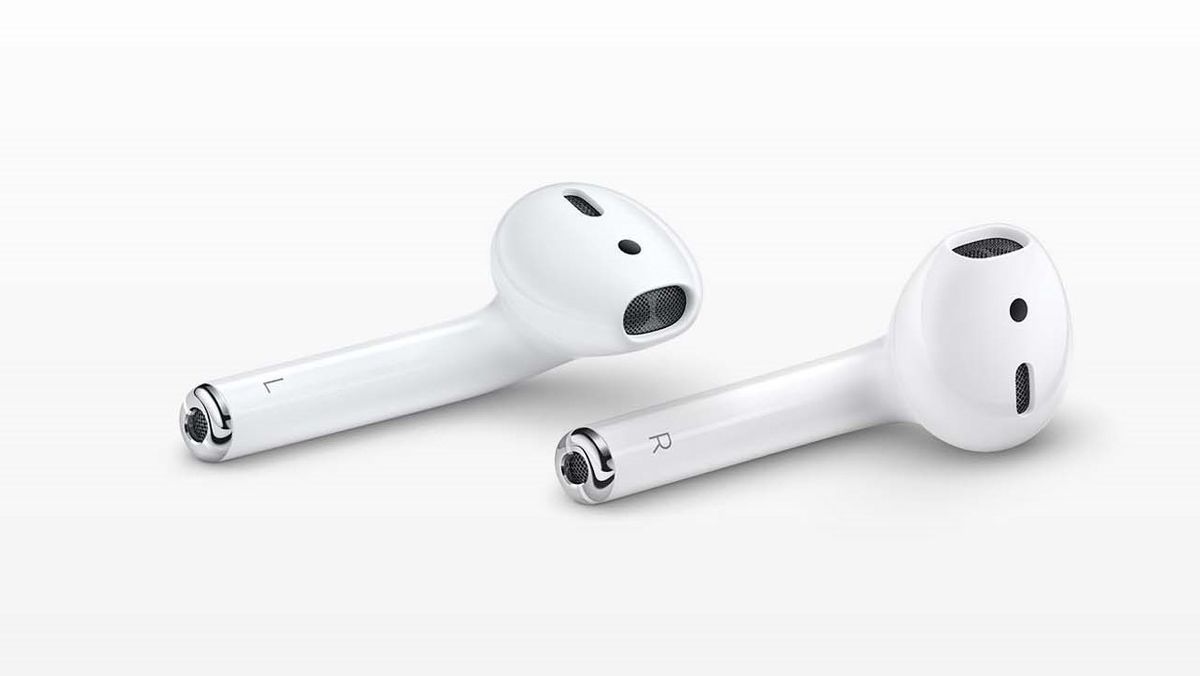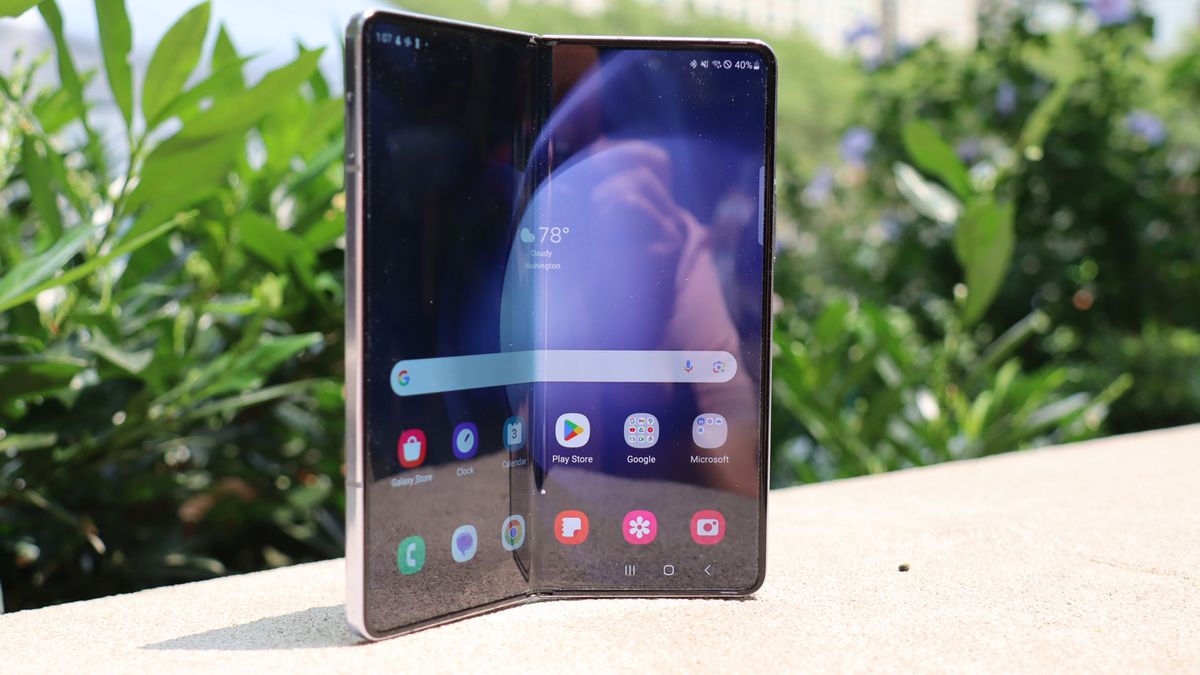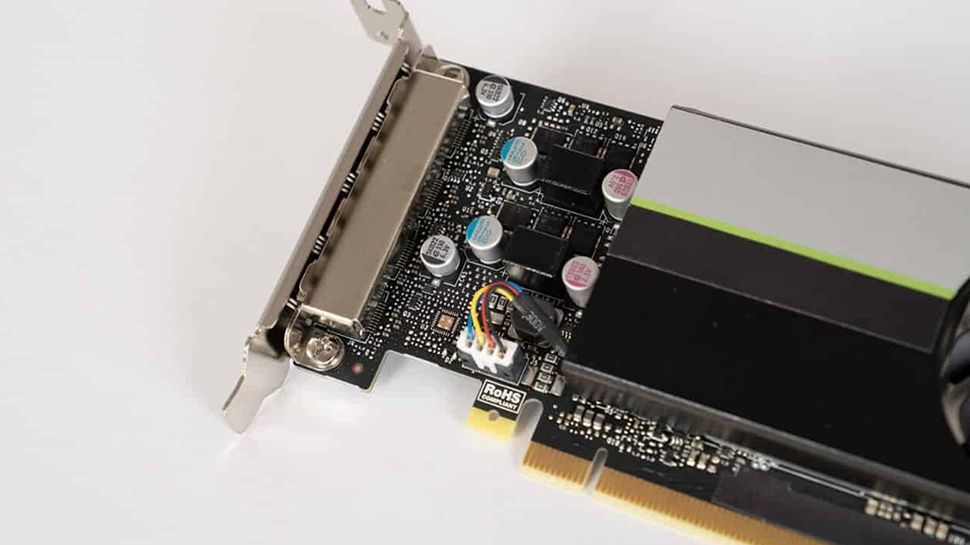It hadn't really occurred to me until now, but Apple has been selling AirPods with the same design as the original release in December 2016 continuously for the eight years since then.
When the second-generation AirPods came out, they improved the internals and sound, as well as added new features, but they essentially kept the exact same design for the earbuds and case.
It is only now, with the arrival of the AirPods 4, that this design is finally heading towards a well-deserved retirement, after having greatly influenced and driven the world of the best truly wireless earphones.
I never got on well with this design, so I'm not sad to see it go, but it does feel like the end of an era, and I have to admit that some of the best headphones on the planet, including the ones I actually use every day, owe them a design debt.
The AirPods weren’t the first true wireless Bluetooth earbuds, not by a long shot. The Bragi Dash and Earin earbuds are basically competing for that honor back in 2015 (it seems like Bragi was announced first, but Earin launched first, so take your pick). I should also mention the Sennheiser MX W1s as pioneers in this area back in 2008 (but they used a custom transmitter and each earbud was the size of a gerbil).
Throughout 2016, it was clear to tech experts that truly wireless earbuds could be a big hit. Apple rival Samsung had beaten AirPods to the punch, releasing the Samsung Gear Icon X several months before AirPods arrived.
But none of these early earbuds proved to be of much use to the general public. The Bluetooth standard hadn’t been updated for this kind of dual streaming, so companies used tricks to make it work (one technique, for example, used earbud streaming technology to transmit from one earbud to the other, which had no latency but was prone to interference). Connection reliability and battery life were poor, and people disliked the rounded earbud design that was common on early models.
The AirPods were both a step forward and a step back from them, and in both cases, that was a plus.
The breakthrough was that they offered solid connectivity compared to the competition, a practical battery life, and the use of Apple's ecosystem to avoid any pairing issues. They were just as easy to use as Apple's famous EarPods (introduced in 2012), but without the tangle of cables.
And speaking of EarPods, perhaps Apple’s masterstroke was using almost the same design for AirPods as it did for its wired earbuds. Other companies were designing something that felt new, which can be intimidating and worrying to people. How can you be sure they’ll be comfortable? Or that they’ll stay in place reliably? It would be a risky bet to buy them as an early adopter.
So, Apple took a step back from those earbuds. It made them look like older technology, like the headphones people already had, but without the cord. If you’d tried its earbuds before, you could infer how well they’d fit, so there was no need to gamble. This allowed Apple to create a long, thin case for them that had a familiar look: With its white, stick-shaped design, it was like pulling a cigarette out of a pack. You could be the audio equivalent of James Dean pulling out a cigarette and leaning against a wall.
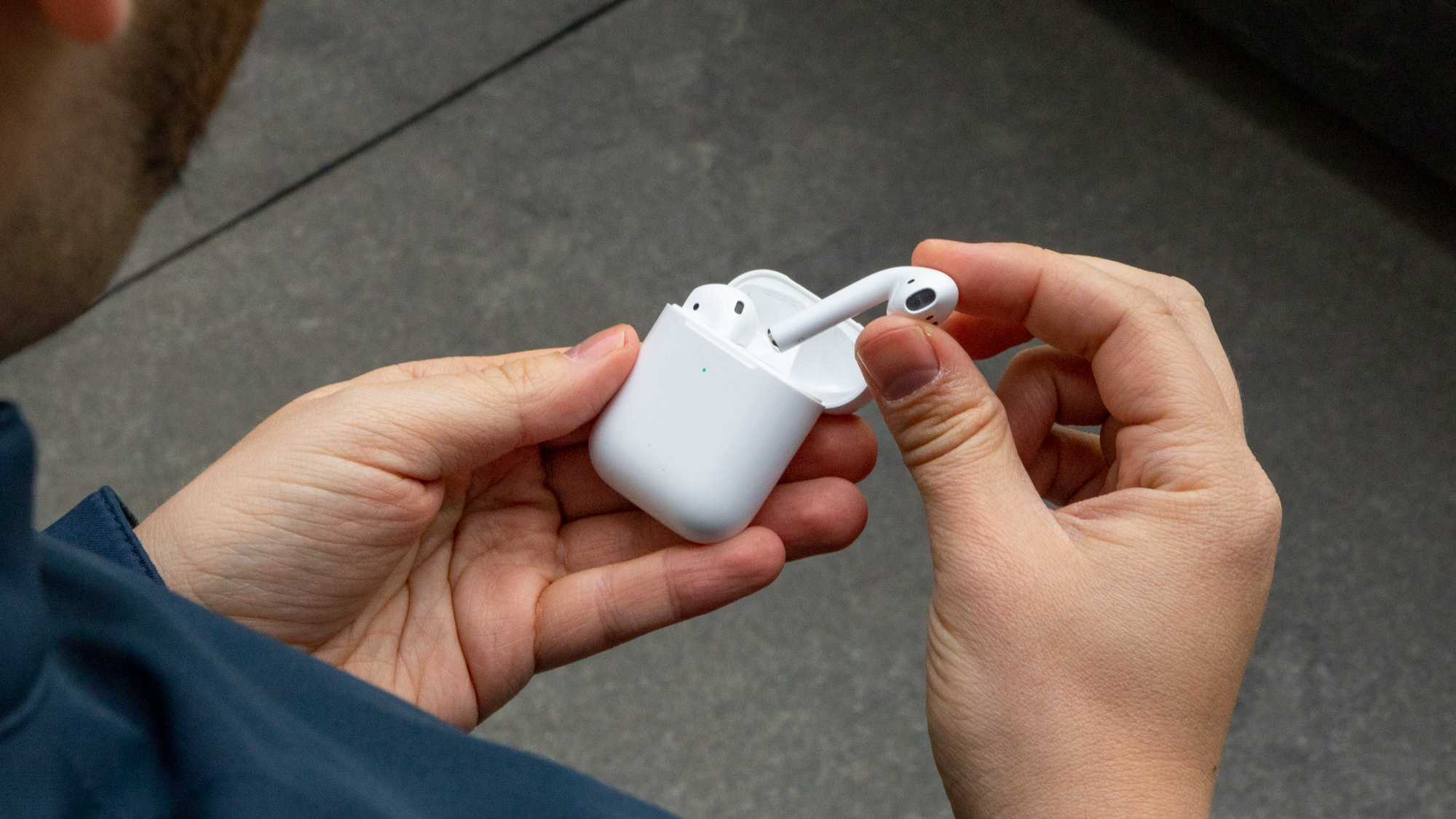
As I mentioned before, I didn't really like it. wearing This design rubbed against my ears pretty quickly and became uncomfortable. At the time, I also thought the stick-shaped design looked ridiculous – only in retrospect did I realise how clever it was. I wanted something with the cool, rounded new designs we saw elsewhere – my first true wireless earbuds were the Bang & Olufsen E8, released in 2017.
But AirPods gave the world of truly wireless earbuds a huge boost. They became the world's best-selling headphone model, and their visibility normalized the idea of moving to truly wireless earbuds. The standardized technology available for other earbuds quickly evolved to surpass what AirPods could do and turn wireless earbuds into the mainstream. he The dominant headphone format. We had competition from brands like Samsung and Sony, but also from hi-fi specialists like Master & Dynamic and Bowers & Wilkins who simply couldn't be left behind.
And the stick design… er, it stayed. The AirPods Pro were a huge improvement in design, and a host of competitors took inspiration from it. Even in 2024, Samsung just adopted the stick design on its Pro earbuds for the first time in the Samsung Buds 3 Pro, and it’s being used in the fantastic Nothing Ear (a), among many other earbuds.
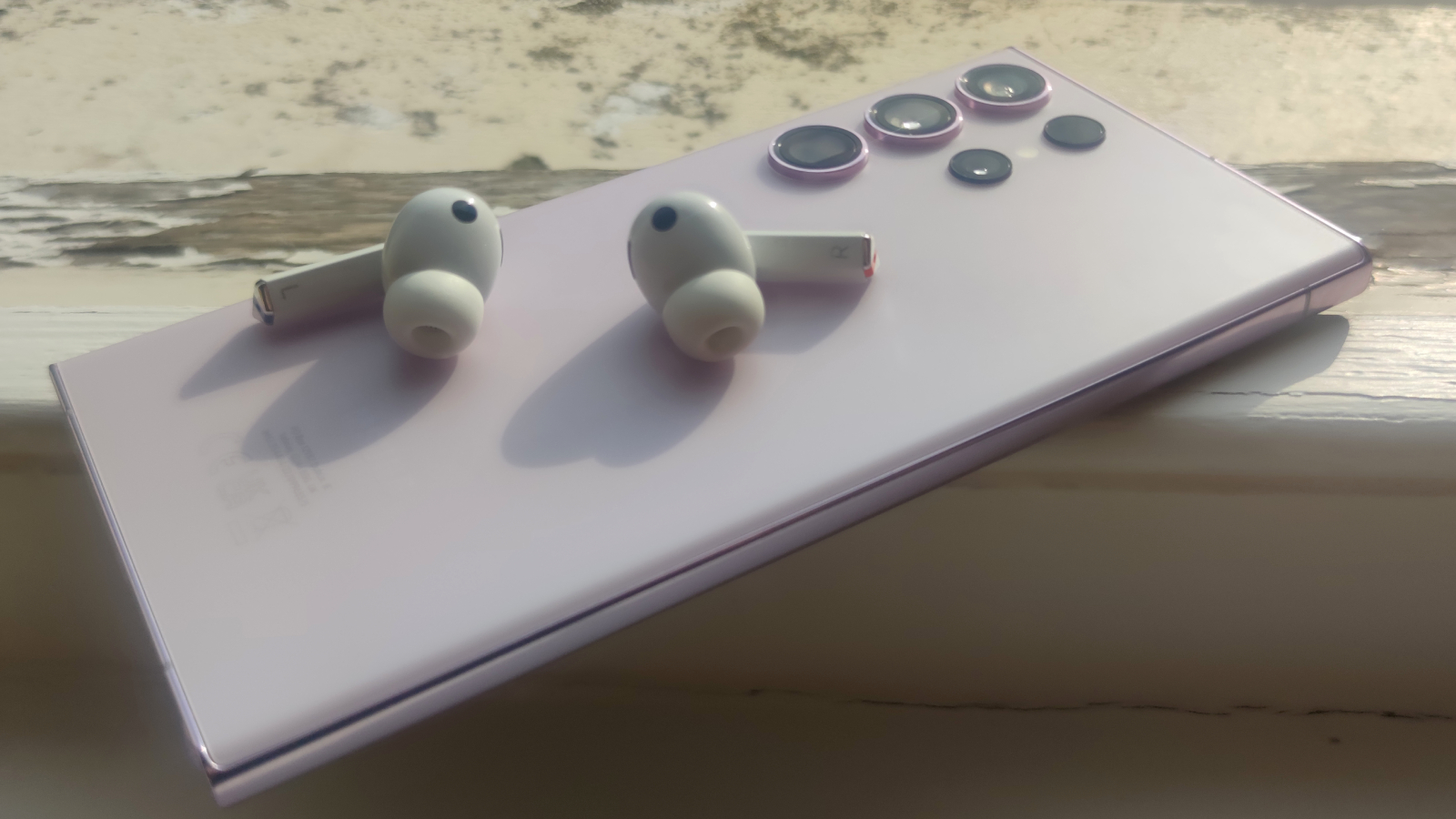
The most curious thing about this original AirPods design is how popular it remained to the very end, considering how far other earbuds have surpassed the second-generation AirPods in terms of price and comfort. The best cheap earbuds offer much better sound, more features, better battery life, and a more comfortable fit than the second-generation AirPods, for a lower price; the Nothing Ear (a) are the best example of this.
And yet, every time we covered a sales event on TechRadar where AirPods were selling for less than $90, we found that they were usually the most popular product we featured, or at least in the top three. We gave specific examples of other earbuds that we considered a better buy, but AirPods were still the top seller.
Maybe it's that security and reliability I talked about earlier. Eight years is an incredibly long time for a design to stick around in the tech world, but you knew exactly what you were getting with them and people generally liked them. Sure, I won't miss the design, but there's no doubt that we're saying goodbye to a true icon of modern technology.

